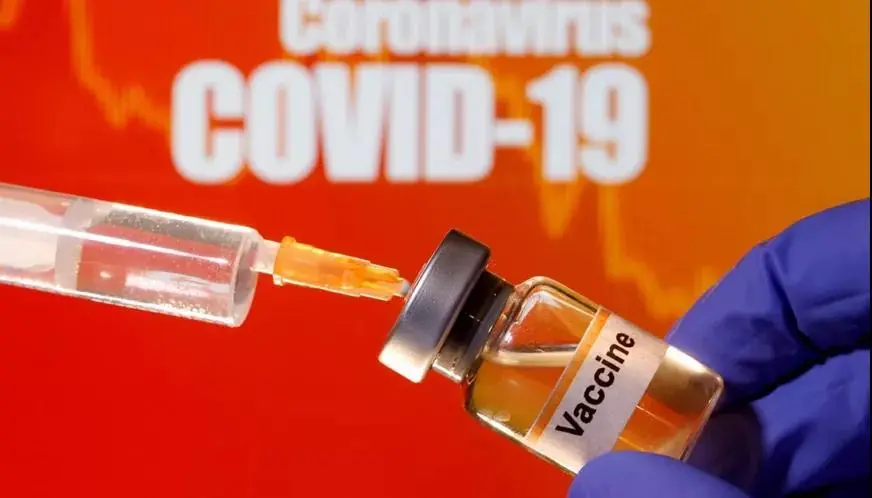The new, highly mutated BA.2.86 “Pirola” variant is spreading. Here’s what we know about its transmissibility, ability to escape immunity, and boosters this fall.
As the United States faces an end-of-summer coronavirus surge and gears up for respiratory virus season this fall, all eyes are on a new, highly mutated COVID-19 variant called BA.2.86, or “Pirola.”
Health authorities are closely monitoring the variant, which has been detected in humans and wastewater samples in the U.S. and several other countries.
Fewer than 100 cases of BA.2.86 have been reported so far, and the new variant does not appear to be driving the recent increase in cases and hospitalizations in the U.S., experts told NBC News.
However, Pirola has set off alarm bells for some scientists due to its large number of mutations, which differentiate it from earlier omicron subvariants that have gained dominance since 2021.
According to the U.S. Centers for Disease Control and Prevention, BA.2.86 is notable because it has multiple genetic differences compared to previous versions of the virus, and it has been detected in several locations in a short amount of time, the agency said in an update on BA.2.86 on Aug. 30.
In its initial risk assessment of the variant, the CDC said it BA.2.86 may be more capable of bypassing existing immunity from COVID-19 vaccines or prior infection, but there is no evidence it causes more severe illness.
The concern about Pirola’s ability to cause breakthrough infections comes as vaccine manufacturers race to release new boosters for the fall.
However, Moderna‘s updated COVID-19 vaccine appears to generate a strong immune response against BA.2.86, the drugmaker announced in a release on Wednesday.
Additional data from lab studies suggest the variant may be less contagious and immune-evasive than previously feared, NBC News reported.
The World Health Organization first classified BA.2.86 as a “variant under monitoring” on Aug. 17 because of its “large number of mutations identified.”
As of Sep. 6, the BA.2.86 variant has been linked to 60 cases in 11 countries, per the global virus database GISAID. These include United States, Canada, Denmark, Sweden, Portugal, Israel, the United Kingdom, South Africa, Thailand, Australia and France. BA.2.86 has also been detected in wastewater samples in additional countries, the CDC said.
Early data show BA.2.86 has 34 more mutations in its spike protein than BA.2, which drove aCOVID surge in 2022, and an additional 36 more mutations than XBB.1, which rapidly took over the U.S. in early 2023, according to an Aug. 24 paper in The BMJ.
It’s unclear whether BA.2.86 will cause a surge in infections this fall, and the current rise in cases and hospitalizations in the U.S. is likely being driven by omicron XBB lineage viruses, the CDC said.
As scientists race to investigate BA.2.86 and whether it could become a global threat, there’s no reason to panic, experts say.
Here’s what experts know so far about BA.2.86, aka Pirola, the symptoms it’s causing, its ability to spread and how it could impact COVID vaccine boosters this fall.










+ There are no comments
Add yours